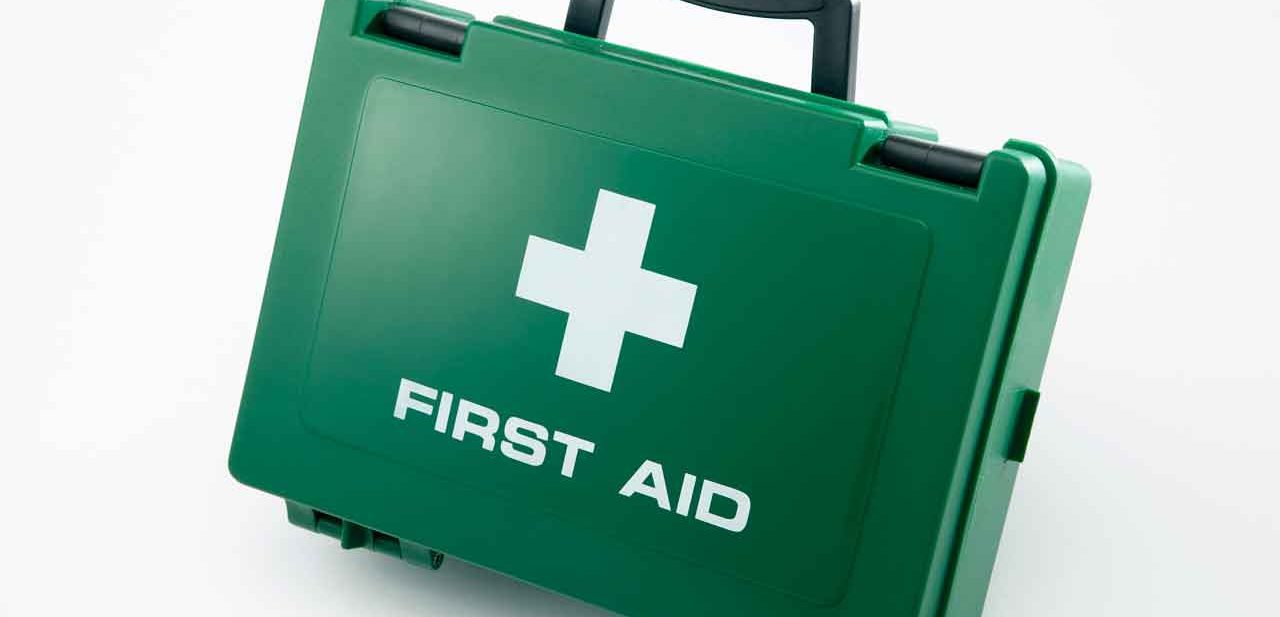A Home First Aid Kit for Moms

Essentials in a home first aid kit can protect your whole family.
Moms have many roles, one of the most important being the family nurse or doctor.
To do it right, you have to be prepared with a home first aid kit that anticipates any emergency or injury that doesn’t require a trip to a health professional.
YOU MIGHT ALSO LIKE: First Aid for the Eyes
With spring already here and summer approaching, skinned knees and other assorted scrapes and bruises are sure to happen. Be ready with a simple home first aid kit anyone can pull together.
You can create one general kit and specific kits for age groups, such as infants and toddlers. Remember to always keep at least one in your car so you’ll always have it close by.
It’s cheaper and easier to buy one pre-made kit and round it out because “otherwise, it’s difficult to find packages of all the different kinds of gauze, tape, and antibiotic ointment you will need,” emergency doctor Kathleen Berchelmann, MD, tells Children’s MD.
She suggests finding a large kit and a sturdy container with extra space for all the items you’ll add to it. A tacklebox is perfect. Or, you can use a small duffle bag or backpack to hold your first aid kit.
YOU MIGHT ALSO LIKE: First Aid for Choking
Be sure the pre-made kit includes Band-Aids, gauze, tape, antibiotic ointment, and anti-itch or steroid ointment, Betchelmann adds.
Her complete list includes:
- A bottle of water to wash out wounds
- Benadryl for insect bites, hives, and other allergic reactions
- An Epi-pen for severe allergic reactions
- Numbing spray
- Extra prescription medication (such as an asthma inhaler)
- ibuprofen and acetaminophen
- Dramamine for nausea
- Sun block
- Bug spray
In all, she recommends about two dozen items to include that will cover any injury or reaction no matter where you are.
Other suggested items for a general first aid kit: aloe vera, cotton balls, cotton-tipped swabs, rubbing alcohol, peroxide, reusable health and cold packs, sanitizer gel, sharp scissors, and tweezers.
For infants and toddlers, you can add baby acetaminophen and ibuprofen drops, teething gel, diaper rash cream, nail clippers, electrolyte solution, saline nose spray or drops, a suction bulb, and a thermometer, says Work It, Mom.
Updated:
April 06, 2020
Reviewed By:
Janet O’Dell, RN